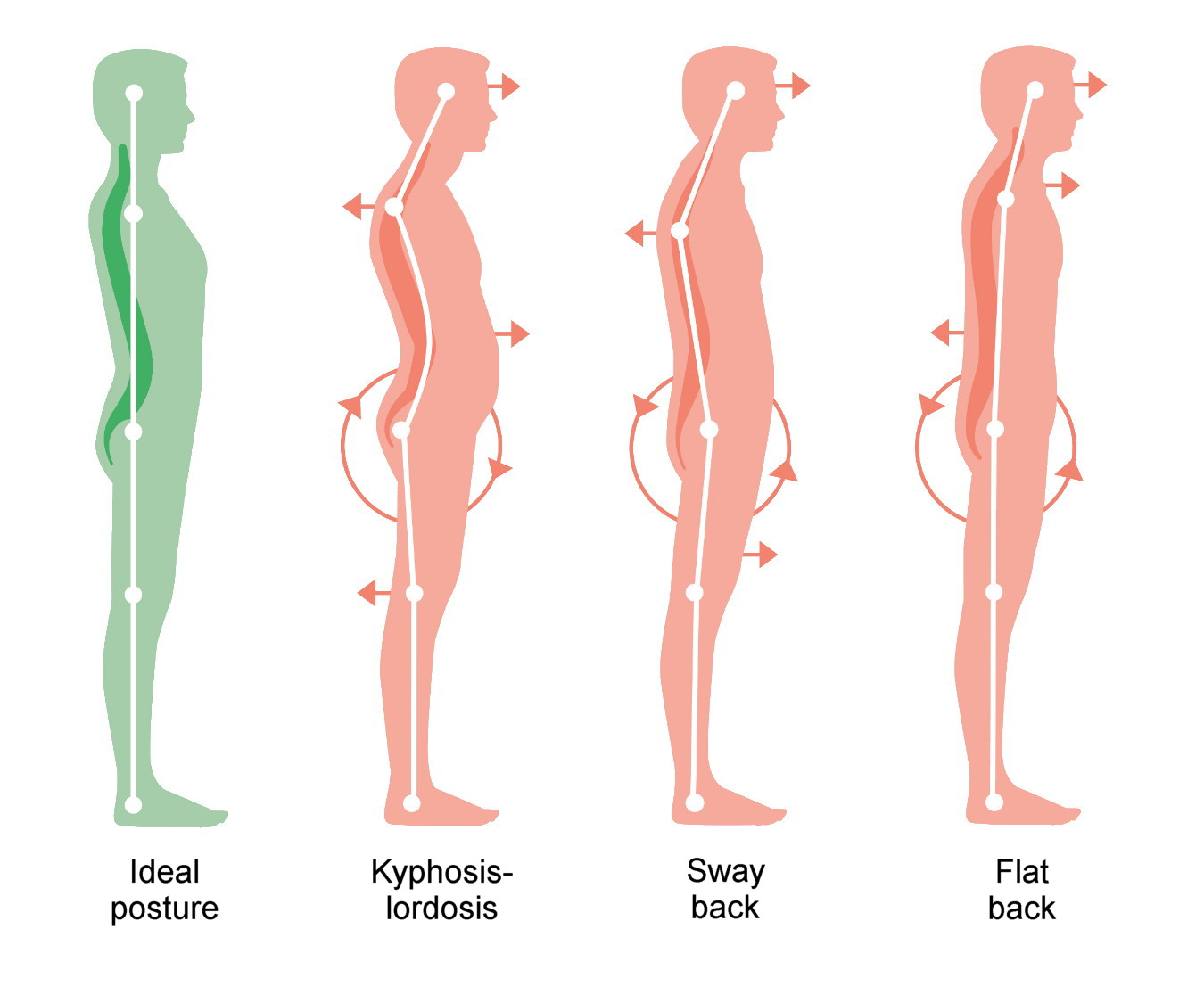Back
Does Posture Impact Erections and Erectile Function?
By Dr. Christine Martirez PT, DPT on 7/18/2024

Erections are a complex physiological process influenced by numerous factors, including blood flow, nerve function, and muscle health. Interestingly, posture plays a significant role in this process, particularly through its impact on the pelvic floor muscles. In this blog post, we will delve into the anatomy of the pelvic floor muscles, how posture can affect erections, commonly seen poor postures, and how pelvic floor physical therapy (PFPT) can help.
Anatomy of the Pelvic Floor Muscles and Their Role in Erections
The pelvic floor is a group of muscles that form a supportive hammock at the base of the pelvis, playing a crucial role in various bodily functions, including erectile function. The main pelvic floor muscles involved in erections include:
Pubococcygeus Muscle:
Part of the levator ani group, this muscle supports the pelvic organs and helps control urine flow and ejaculation.
Bulbocavernosus Muscle:
This muscle surrounds the bulb of the penis and helps with erection and ejaculation by increasing blood flow to the penis and facilitating the expulsion of semen.
Ischiocavernosus Muscle:
This muscle compresses the veins that drain blood from the penis, helping to maintain an erection by trapping blood in the penile tissues.
Puborectalis Muscle:
Forms a sling around the rectum, playing a role in maintaining fecal continence and supporting pelvic floor stability.
Iliococcygeus Muscle:
Another component of the levator ani group, it helps support the pelvic organs and maintain pelvic floor stability.
How Posture Affects Erections
Poor posture can negatively impact the pelvic floor muscles, leading to dysfunction and contributing to erectile difficulties. Here are a few commonly seen poor postures and how they can affect erections:
Glute Gripping:
This involves over-activating the gluteal muscles, leading to excessive tension in the pelvic floor muscles. This tension can restrict blood flow and nerve function, which are critical for achieving and maintaining an erection.
Increased Thoracic Kyphosis:
Excessive rounding of the upper back can lead to a forward head posture and rounded shoulders. This can affect the alignment of the entire spine, putting undue stress on the lower back and pelvic region, potentially leading to pelvic floor dysfunction.
Decreased Lumbar Lordosis:
Flattening of the natural curve in the lower back can shift the position of the pelvis, causing strain on the pelvic floor muscles. This misalignment can impair blood flow and nerve function, both of which are essential for erections.
How Pelvic Floor Physical Therapy Can Help
Pelvic floor physical therapy offers a comprehensive approach to addressing the impacts of poor posture on erections by focusing on the following aspects:
Comprehensive Assessment
Evaluation:
A pelvic floor physical therapist will conduct a thorough assessment, including a review of medical history, symptoms, and a physical examination to identify areas of muscle tension and dysfunction.
Personalized Treatment Plan
Manual Therapy:
Techniques such as myofascial release, trigger point therapy, and soft tissue mobilization can help reduce muscle tension and improve blood flow.
Pelvic Floor Exercises:
Guided exercises to promote relaxation and strengthening of the pelvic floor muscles, improving their function and supporting erections.
Postural Training:
Education on maintaining proper posture and body mechanics to reduce strain on the pelvic floor muscles and improve overall alignment.
Biofeedback Training
Muscle Control:
Techniques to enhance awareness and control of the pelvic floor muscles, helping to reduce hypertonicity and improve muscle function.
Education and Lifestyle Modifications
Stress Management:
Education on stress reduction techniques, such as deep breathing exercises, meditation, and yoga, to help relax the pelvic floor muscles.
Behavioral Strategies:
Advice on lifestyle changes, such as avoiding activities that exacerbate pelvic pain and incorporating supportive ergonomic adjustments.
Understanding the impact of posture on erections and the role of the pelvic floor muscles is crucial for maintaining sexual health. Poor posture can lead to pelvic floor dysfunction, affecting blood flow and nerve function, both essential for achieving and maintaining erections. Pelvic floor physical therapy offers a comprehensive approach to addressing these issues, providing personalized treatment plans, postural training, and techniques to improve muscle function and overall pelvic health. If you are experiencing erectile difficulties or pelvic pain, consider consulting a pelvic floor physical therapist to develop a personalized plan that meets your unique needs and helps you achieve better sexual health and overall well-being.
Read More:
How Chronic Pelvic Congestion in Men Contributes to Prostatitis By Shannon Strauch, PTA, STMT-1 on 12/11/2024 How lymphatic issues can cause symptoms of prostatitis Prostatitis and Tight Pelvic Floor Muscles: A Comprehensive Guide By Shannon Strauch, PTA, STMT-1 on 12/10/2024 How a tight pelvic floor can be the reason for prostatitis symptoms
Are you ready to live pain free?
Request An Appointment